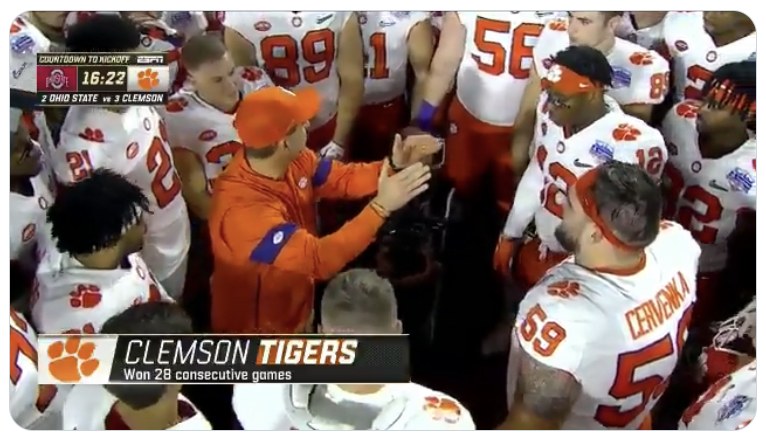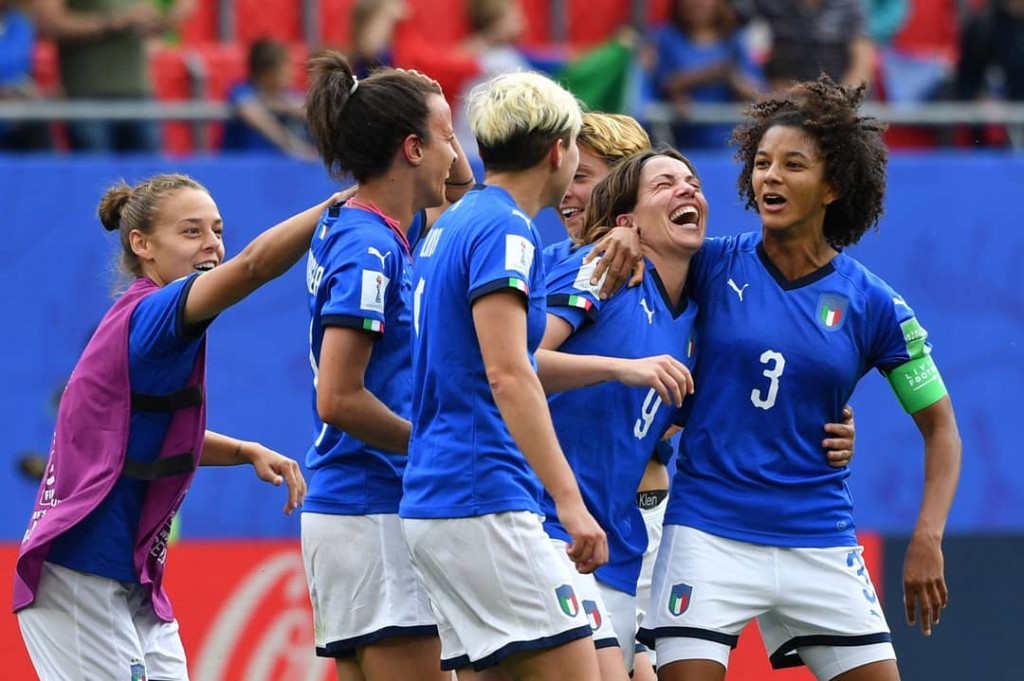The day after the final of the AmericaCup and penalty-photocopy kicked up by Gonzalo Higuain, we speak of kicks from eleven meters with an expert in sports psychology. Alberto Cei teaches “Coaching” at the University of Roma Tor Vergata and he has been working as mental coach with many Olympic athletes, sports teams or coaches.
Un rigore rappresenta un momento particolare per un atleta, che sia definito un campione o meno?
Il rigore è il massimo momento di solitudine e di pressione per un calciatore, va detto che di solito i rigori li tirano i migliori, infatti esistono i rigoristi in ogni squadra. Parto dall’idea che è la testa che guida, non il piede o la gamba. Puoi avere la macchina migliore ma poi ci vuole il pilota, quindi occorre una preparazione psicologica e mentale per questi momenti.
De Gregori ha torto o ha ragione: è da questi particolari che si giudica un giocatore?
Un campione resta un campione anche se ha commesso un errore o più di uno. Perché nel tirare un rigore non si mette in discussione la capacità tecnica del giocatore ma la sua capacità mentale. Il percorso che si compie dal centro del campo fino al dischetto è fondamentale, come ciò che si pensa prima di tirare. Ricordo che tanti anni fa Gullit disse che se sei molto stanco l’importante è che tiri forte perché se cerchi il gesto tecnico è più facile che sbagli. Ciò che conta è essere decisi e creare mentalmente un legame tra te e dove vuoi che finisca il pallone. E’ come tirare una freccia, devo prefigurare dove voglio che finisca.
Noi perdemmo un mondiale per un rigore sbagliato di Baggio, non si può mettere in discussione un campione per questo. L’importanza la dà solo il significato che quel tiro ha in quel determinato momento.

Dopo quell’errore Baggio disse «I rigori li sbaglia solo chi ha il coraggio di tirarli», è questo il modo giusto di reagire?
È un buon modo per rispondere a un momento di difficoltà, con un attacco. Poi magari nei mesi successivi quell’errore ti resta dentro ma è importante aver dato questa risposta che sottolinea la stima verso te stesso e l’orgoglio che hai per averlo fatto.
Higuain si è da poco reso colpevole di un errore nella finale di Coppa America e precedentemente aveva sbagliato un rigore nel Napoli contro la Lazio in un’altra partita che potremmo definire fondamentale. Due rigori fotocopia e due errori, ci può essere un legame?
Commettere due errori uguali è possibile perché talvolta noi ci fissiamo sull’errore: prima di tirare magari ti ritorna in mente che avevi sbagliato proprio in quel modo e non vuoi ripeterti. La conseguenza, invece, è che ti esce lo stesso tiro.
Cosa passa per la testa di un atleta quando si avvicina al dischetto?
Non possiamo prevedere cosa ci verrà in mente mentre tiriamo, per questo c’è bisogno di allenarci mentalmente a questi momenti. Higuain avrebbe dovuto pensare che nel momento in cui si apprestava a calciare quel rigore sbagliato sarebbe potuto tornargli in mente, e quindi avrebbe dovuto lavorare su questo. Magari lo ha fatto ma non è che sempre si riesce a metterlo in pratica nel momento giusto. Occorrono costanza e lavoro, allenandoti a cambiare quell’idea che potrebbe ritornare. Certo è un lavoro sulle possibilità ma dal momento che sbagliare un rigore può risultare fondamentale, lo devi fare.
Accade anche negli altri sport, immaginiamo.
Tutti gli atleti che praticano sport di precisione, come il golf, il tennis, lavorano su questi aspetti mentali, lo stesso Federer per mettere dentro l’82% di prime di servizio si allena tutti i giorni. Ma non sull’abilità tecnica, bensì su quella psicologica perché ti alleni mentalmente a metterla sempre dentro.
Higuain ha comunque dimostrato coraggio nel tornare sul dopo gli errori commessi in questa stagione?
Aver sbagliato e tornare sul dischetto significa sicuramente aver coraggio, ma riprendersi dipende dalla voglia di allenarsi per non ripeterlo.
Il concetto fondamentale, e anche la difficoltà per un campione, sta nel mettere insieme il coraggio con l’umiltà. Bisogna avere il coraggio di tirare un calcio di rigore ma anche l’umiltà di allenarsi per fronteggiare questi momenti, mettersi lì giorno dopo giorno senza pensare che basta essere un campione per fare sempre bene. È utile pensare “sono un campione” ma non basta, devo anche saper fare il campione quando sono in campo nei momenti giusti. L’abilità è essere pronto quando devi esserlo. Le faccio due esempi.

Prego.
LeBron James non era abile nei tiri da tre e si arrabbiava perché sbagliava tanto. Sa come hanno risolto? L’allenatore gli ha preparato un video di dieci minuti in cui gli mostrava tutte le volte in cui faceva canestro col tiro da tre. Doveva guardarlo tutti i giorni e contemporaneamente si allenava tutti i giorni sui tiri da tre. Esistono delle tecniche per migliorare, non basta la forza di volontà del giocatore. Vale anche per il rugbista Jonny Wilkinson. Ha un sistema di allenamento anche mentale per avere la più alta media realizzativa nei tiri e il suo metodo è lo stesso che usa Cristiano Ronaldo. Allenarsi, non significa che non sbaglierai mai ma che avrai più fiducia in te stesso e quindi saprai gestire la tensione emotiva in quei momenti.
(Intervista di Francesca Leva da Il Napolista)











